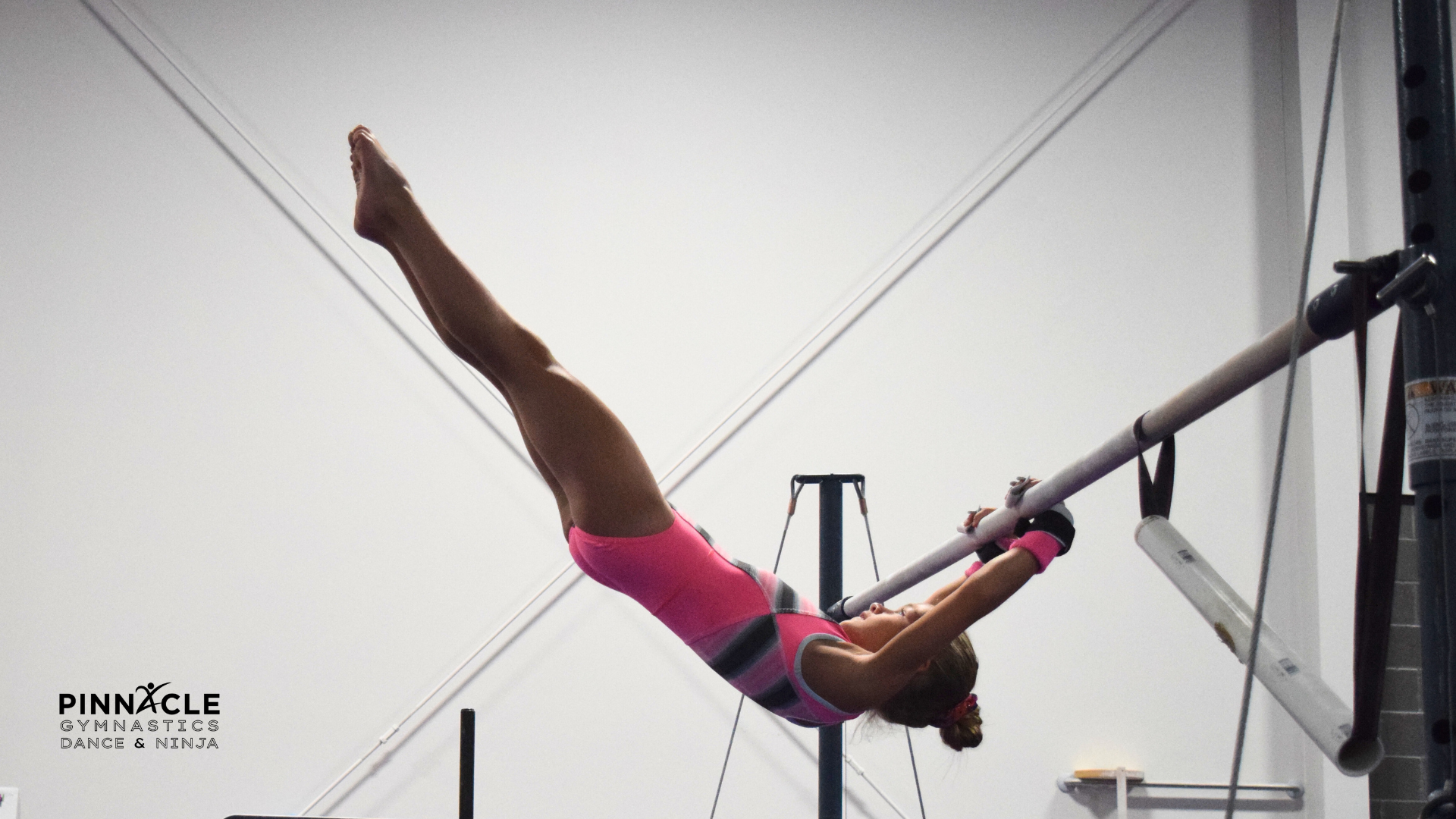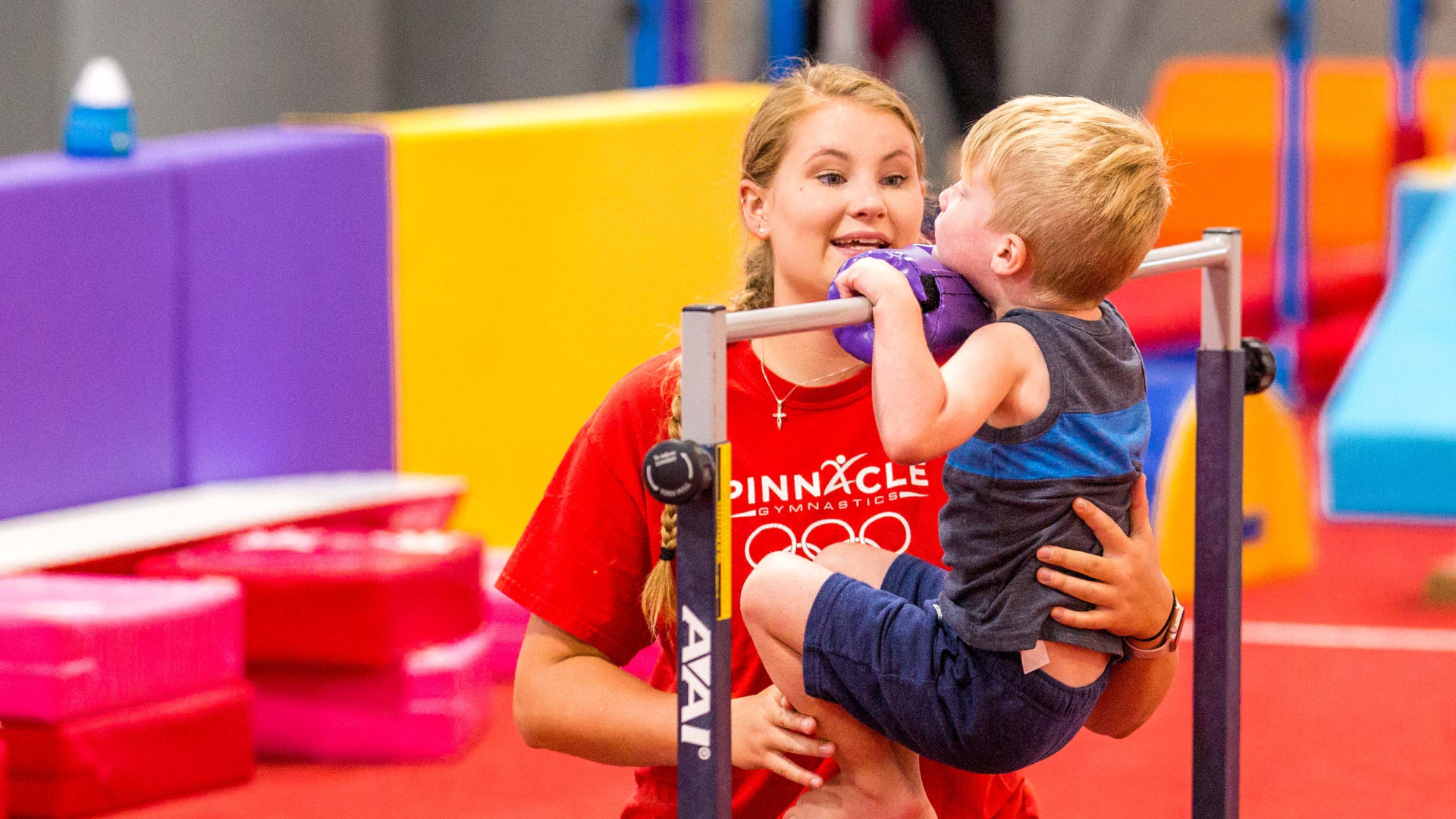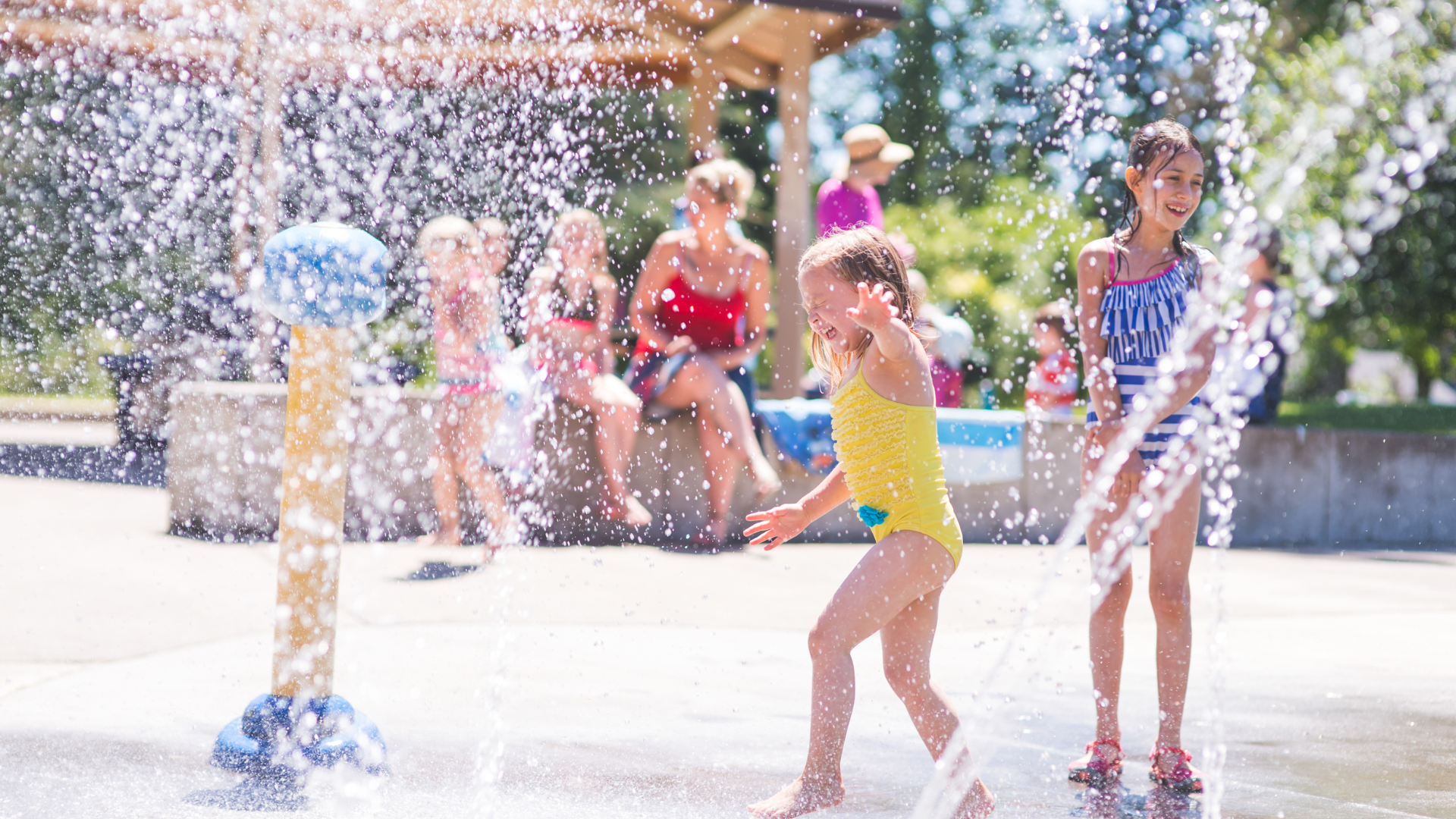5 Ways to Encourage a Growth Mindset at Home
Creating a growth-mindset culture at home is easier than many parents realize. When kids learn that their abilities can grow with practice, perseverance, and curiosity, they become more confident, motivated, and resilient—both in school and in extracurricular activities like gymnastics. Below are the top 5 ways to encourage a growth mindset at home
1. Praise Effort, Not Just Results
Praising effort is one of the most effective ways to encourage a growth mindset at home. When children hear praise for their strategies, focus, persistence, and improvement, they learn that success comes from effort—not natural talent. This decreases fear of failure and increases their willingness to try difficult things.
How to Do It by Age
Toddlers & Preschoolers (2–5):
- Celebrate trying: “You kept stacking the blocks—nice effort!”
- Normalize mistakes: “That didn’t work yet. Let’s try again.”
Elementary (6–10):
- Praise specific effort: “I noticed how hard you practiced reading tonight.”
- Discuss what they learned from mistakes.
Preteens (11–12):
- Ask reflection questions: “What did you try first? What worked the best?”
- Recognize planning and revising.
Teens (13+):
- Praise grit and persistence through challenges.
- Encourage effort-based journaling or goal-setting.
2. Model a Growth Mindset Yourself
Children mirror what they see. When you model curiosity, resilience, and a willingness to try new things—especially when they’re difficult—you show your child how to respond to challenges in a healthy way. Modeling is often one of the most overlooked ways to encourage a growth mindset at home, but it has the biggest long-term impact.
How to Do It by Age
Toddlers & Preschoolers:
- Narrate your learning: “I’m figuring this out. I will try again!”
- Let them see you experiment and problem-solve.
Elementary:
- Share mistakes and how you fixed them.
- Work on puzzles or crafts together and talk through the process.
Preteens:
- Explain what you’re currently learning—cooking, fitness, budgeting, etc.
- Talk openly about frustration and perseverance.
Teens:
- Share real examples from work or personal goals.
- Discuss long-term growth and progress, not perfection.
3. Teach the Power of “Yet”
One of the simplest ways to encourage a growth mindset at home is teaching kids to add the word “yet” to statements about things they can’t do right now. This small shift communicates that they’re still learning—and that improvement is possible with practice. “Yet” removes pressure and builds persistence.
How to Do It by Age
Toddlers & Preschoolers:
- “You can’t button your coat yet, but you’re learning!”
Elementary:
- Create a “Not Yet” board for skills they are practicing.
- Encourage rewriting negative thoughts with “yet.”
Preteens:
- Connect “yet” to school challenges and new hobbies.
- Track progress weekly to reinforce improvement.
Teens:
- Use “yet” language when navigating harder academics or activities.
- Help them create long-term “yet goals” related to athletics, academics, or personal growth.
4. Create a Home Environment That Embraces Challenges
A growth mindset flourishes when kids feel safe to take risks, make mistakes, and face challenges without fear of judgment. When your home celebrates effort, hard work, and problem-solving, children learn that challenges are opportunities—not threats.
How to Do It by Age
Toddlers & Preschoolers:
- Offer toys and activities that require experimentation.
- Give them space to problem-solve before intervening.
Elementary:
- Celebrate difficult tasks with: “Your brain just got stronger!”
- Encourage trying new sports, hobbies, and experiences.
Preteens:
- Support more complex projects, chores, and responsibilities.
- Let them struggle productively without jumping in immediately.
Teens:
- Talk openly about academic or social challenges.
- Help them set stretch goals that require courage and persistence.
5. Make Learning a Daily Habit—not a Task
Learning shouldn’t be something that happens only at school. One of the easiest ways to encourage a growth mindset at home is to integrate curiosity, creativity, and exploration into everyday life. When children see learning as fun and ongoing, they become more motivated and adaptable.
How to Do It by Age
Toddlers & Preschoolers:
- Explore nature, ask open-ended questions, do sensory and science activities.
Elementary:
- Turn learning into play—building, cooking, crafting, reading.
- Offer curiosity-driven mini-projects.
Preteens:
- Encourage passion projects, journaling, and structured practice time.
- Use planners to track progress and reflect.
Teens:
- Support independent learning—art, music, coding, fitness.
- Help them build routines that support long-term goals.
Final Thoughts
When you praise effort, model growth, teach “yet,” embrace challenge, and make learning part of daily life, you create a home where curiosity and confidence flourish. These ways to encourage a growth mindset at home support children of all ages—from toddler to teen—and help build skills they'll use for life.











